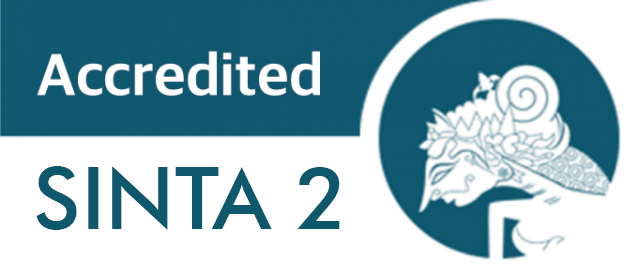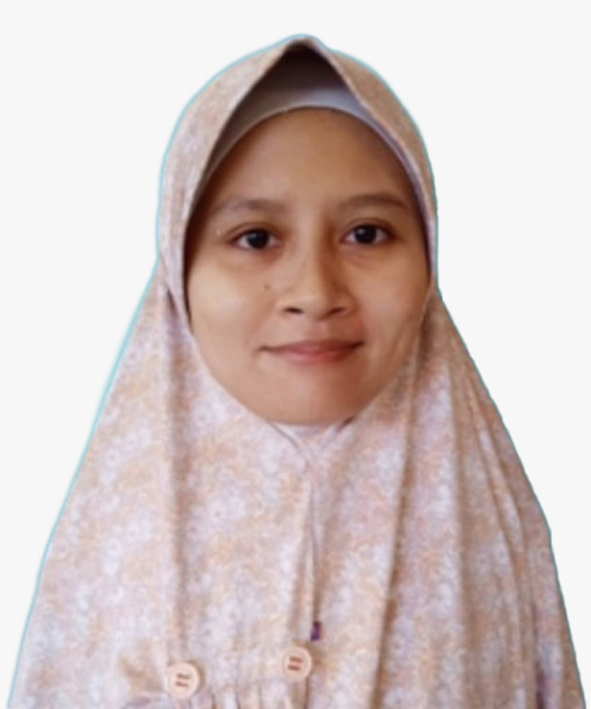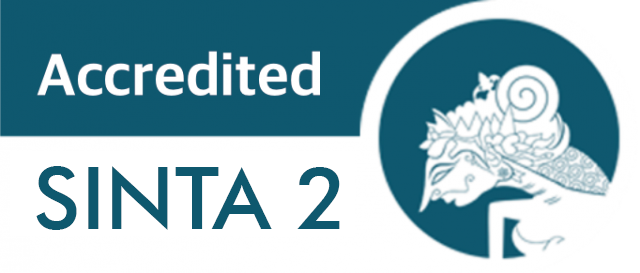Relationship of Self-Compassion and Divorce Readiness in Women Submitting Divorce Lawsuit in Surabaya Religious Courts
Downloads
Background. The higher increase in divorce each year are often triggered by prolonged marital conflict without a complete settlement, of which 70% occurred due to divorce by wives with primary reason is disharmony. The divorce decision often made without proper preparation, lead to a bad impact on later life. Self-compassion involved in producing a firmness choices supported by self-confidence and lack of ambivalence in the decision to divorce.
Objective. To analyze the relationship between self-compassion with the female complainant divorced readiness in the Religious Court Surabaya.
Methods. The study analytic correlation with cross sectional design using systematic random sampling and research instruments using the Self-Compassion Scale (SCS) to assess self-kindness, self-judgment, common humanity, isolation, mindfulness, over-identification, as well as Divorce Readiness Questionnaire (Gregg) and a culture questionnaire to assess the readiness of divorce.
Results. There were 46 study subjects met the inclusion criteria. Pearson Correlation Test declare that self-compassion had no correlation with the readiness of divorce (p = 0.083, Gregg, and p = 0.259, culture).
Conclusion. There is no relationship between self-compassion with a divorced readiness. Timing of research (timing) and external factors (Javanese culture) more strongly affect the subject of research for the time being, thus making the correlation was not significant.
L. S. Chairy, Psikologi suami-istri. Depok: Makalah seminar pada kursus persiapan perkawinan (KPP) Santo Paulus, 2005.
L. Seltzer, "What if your ambivalence can't be resolved?,” Diunduh dari : https://www.psychologytoday.com/blog/evolution-the-self/201402/what-if-your-ambivalence-can-t-be-resolved, 2012. .
M. Dombeck, "Relationship problems: ambivalence. MentalHelp.net.,” Diunduh dari: https://www.mentalhelp.net/articles/relationship-problems-ambivalence/, 2006. .
K. D. Neff, "The science of self-compassion,” in Compassion and Wisdom in Psychotherapy, C. Germer., New York: Guilford Press, 2012, pp. 79–92.
Y. Neely, M. E., Schallert, D. L., Mohammed, S. S, Robert, R. M., Chen, Self-kindness when facing stress: The role of self-compassion, goal regulation, and support in college students'well being. Motivation and emotion, no. 33. 2009.
K. D. Neff, Development and validation of a scale to measure self-compassion. Self and identity, no. 2. 2003.
M. Cox, M., & Burford, "Divorce: The forgotten injury – psychiatry,” Color. Chiropr. J., vol. 2, no. 6, 1997.
I. Damayanti, "Perceraian : penyebab dan akibatnya. Alasan perceraian-intisari lengkap psikolog. Psikologi kita dimana sahabat berbagi.,” Diunduh dari : http://psikologikita.com/?q=perceraian-penyebab-akibat, 2012. .
J. M. Haynes, Divorce mediation: A practical guide for therapists and counselors. New York: Springer, 1981.
R. H. Ahrons, C. & Rodgers, Divorced families: a multidisciplinary developmental view. New York: W.W. Norton, 1987.
K. D. Cano, A., & O'Leary, "Infidelity and separations precipitate major depressive episodes and symptoms of nonspecific depression and anxiety,” J. Consult. Clin. Psychol., no. 68, pp. 774–781, 2000.
S. S. Neff, K. D., Kirkpatrick, K. L., & Rude, "Self-compassion and adaptive psychological functioning,” J. Reseach Personal., no. 41, pp. 139–154, 2007.
S. Markus, H. R & Kitayama, "Culture and the self. Implications for cognitions, emotion, and motivation.,” Psychol. Rev., no. 98, pp. 224–253, 1991.
M. Kam, C., Zhou, X., Zhang X., Yee, Examining the dimensionality of self-construals and individualistic–collectivistic values with random intercept item factor analysis, Personalit. Department of Psychology, The University of Western Ontario, London, Ontario, Canada N6A 5C2, 2012.
H. C. Triandis, "Cultural syndromes and subjective well-being,” in Culture and subjective well-being, Diener & S., Cambridge: Massachusetts: The MIT Press, 2000.
Copyright (c) 2019 Adianti Handajani, I Gusti Ngurah Gunadi

This work is licensed under a Creative Commons Attribution-ShareAlike 4.0 International License.
1. Copyright of this journal is possession of the Author, by the knowledge of the Editorial Board and Journal Manager, while the moral right of the publication belongs to the author.
2. The journal allows the author(s) to retain publishing rights without restrictions.
3. The articles are published under a Creative Commons Attribution Share-Alike (CC BY-SA) license. Many research funding bodies prefer the CC BY-SA license because it allows for maximum dissemination and re-use of open access materials. Users are free to share (copy, distribute, and transmit) and remix (adapt) the contribution under this license, including for commercial purposes, as long as they attribute the contribution in the manner specified by the author or licensor.




























